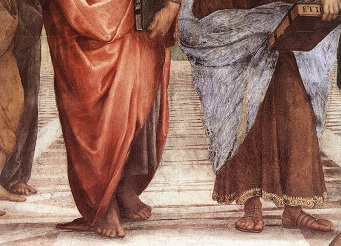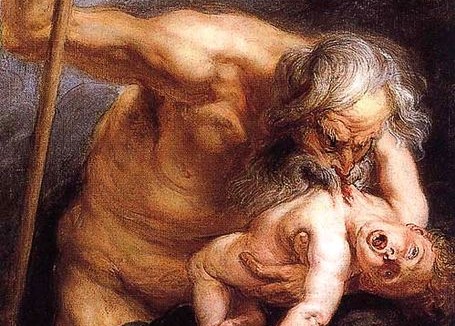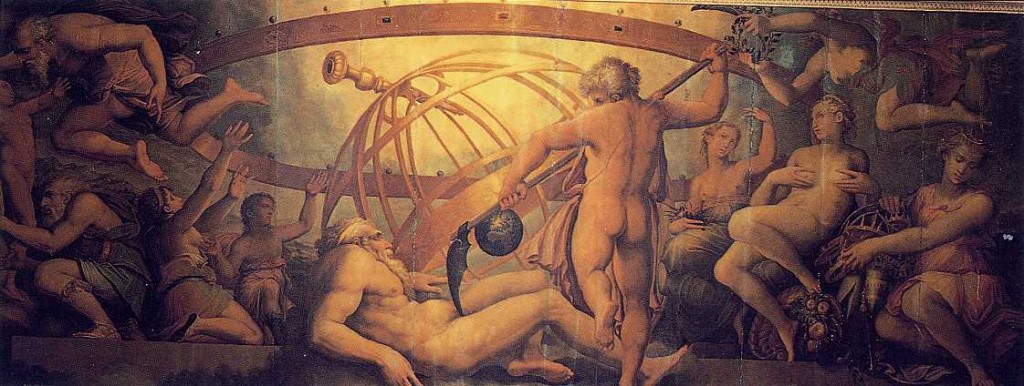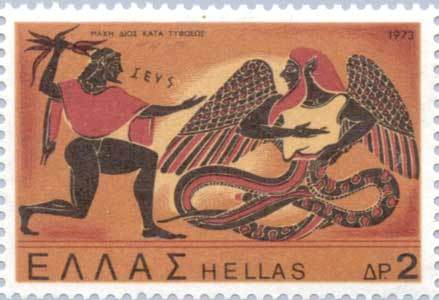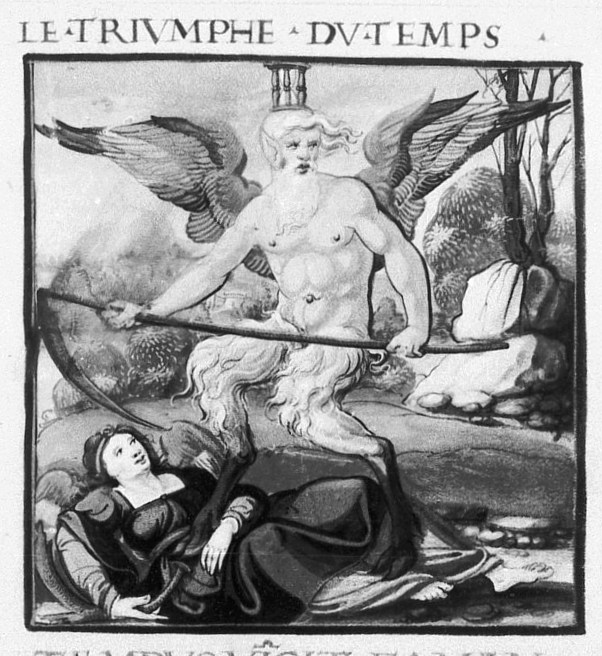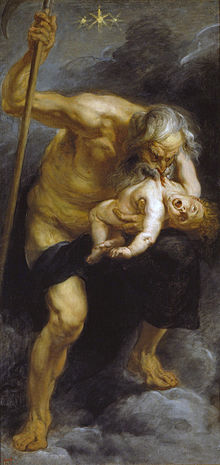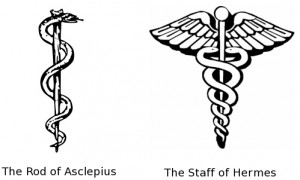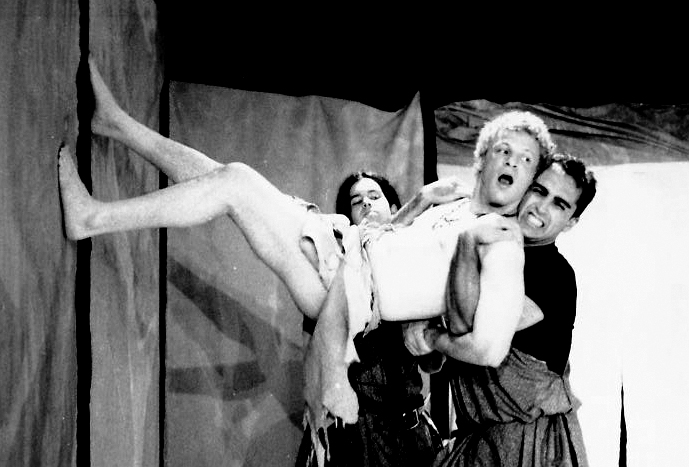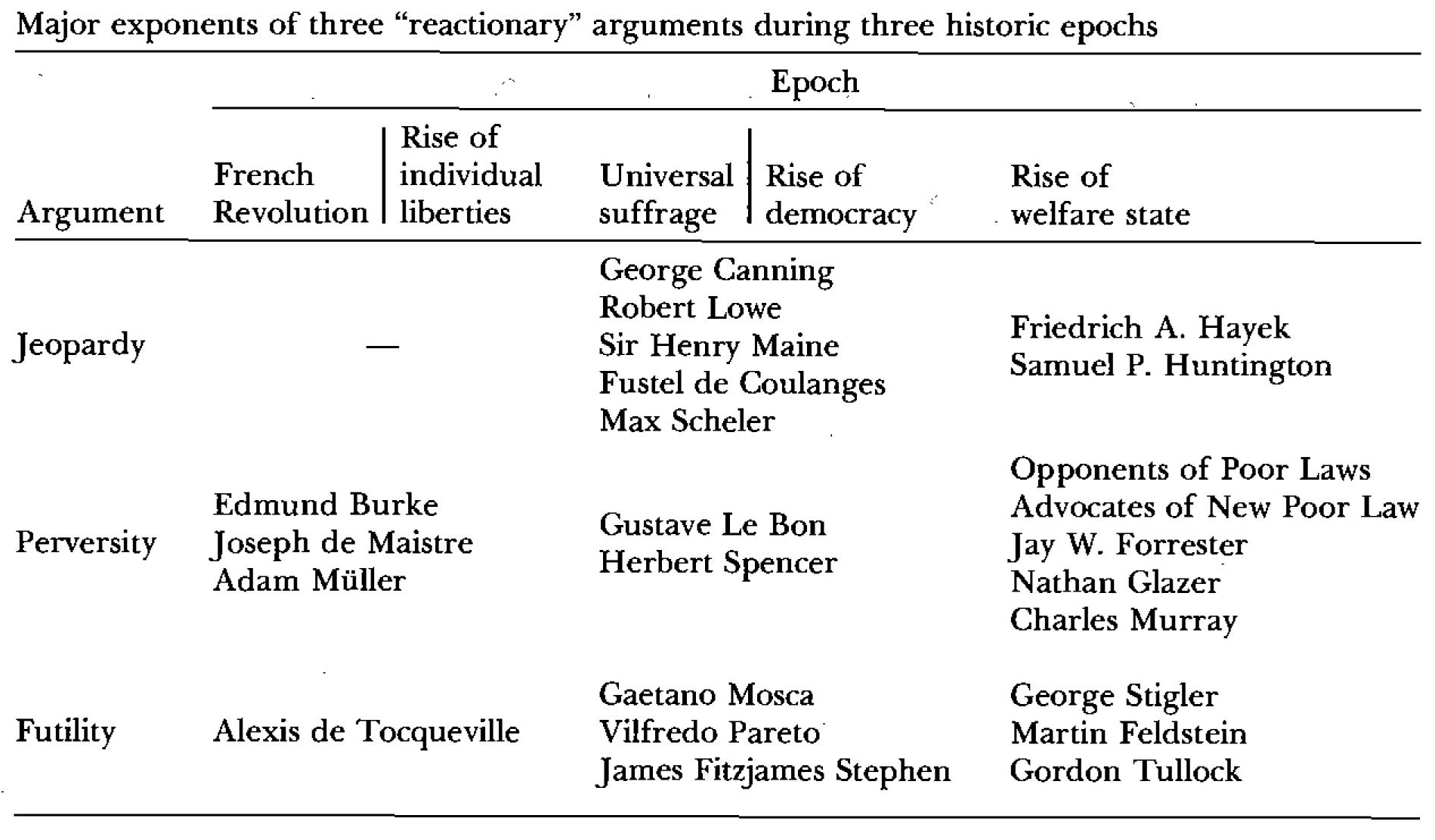This is an essay about defining one’s self as better than the world, as purer than the world. The urge to take your marbles and go home is a very old one, yet its role in art and politics is paradoxical, since taking your marbles and going home would seem to suggest that you will be ineffectual and unremembered. In fact, I think that is what happens most of the time. But the purist’s ability to survive latently in society owes to a peculiar form of elitism. Sometimes the elitism is obvious; other times it hides under a mask of ideology.
Plato and Banausia
In her excellent study Genres in Dialogue: Plato and the Construct of Philosophy (1995), Andrea Wilson Nightingale delves into the various strategies Plato uses to distinguish his fresh new domain, philosophy, from whatever it is that everyone else is doing, which is most certainly not philosophy. Plato is not just talking about poets and sophists here, though they’re definitely on the list of pretenders to the throne, but also others who might claim to be doing philosophy, like Isocrates. Isocrates, either had a very fortunate or unfortunate name, was one of the best-paid philosophers of his time, and the dialogues seem to direct a fair number of barbs his way. Plato makes him the target of a seeming bit of nasty dramatic irony at the end of the Phaedrus, when Socrates predicts great, great things for the young Isocrates.
In particular, Plato uses a particular word when Socrates attacks these non-philosophers. They are banausic.
Plato exploits and redirects the rhetoric of banausia–rhetoric which was traditionally used by aristocrats to express their contempt for manual and/or servile labor. Take, for example, the claim found at Symposium 203a, where Socrates says:
“God does not mix with man, but it is through this [daemon] that all intercourse and conversation takes place between the gods and men, whether they are awake or sleeping. And the person who is wise in this regard is a daemonic man, but the person who is wise in any other regard, whether in the realm of arts and sciences or manual labor, is banausic.”
The dichotomy drawn here between the “daemonic man” (who is, of course, the philosopher) and the “banausic” individual recurs at Theaetetus 176b-d, where Socrates says:
“God is in no way unjust, but is as just as it is possible to be, and there is nothing more similar to god than the man who becomes as just as possible. It is concerning this activity that a man is revealed as truly clever or else worthless and cowardly. For the knowledge of this is wisdom and virtue in the true sense, and the ignorance of it is manifest folly and viciousness. All other things that appear to be cleverness and wisdom–whether their sphere is politics or the other arts–are vulgar or banausic.
It’s generally held that Greek culture disparaged merchants and laborers in favor of the aristocratic warrior class (see M. I. Finley’s The World of Odysseus, for example). The humiliation, feebleness, and ugliness of cuckolded craftsgod Hephaestus is another indication, in contrast to Athena, who may patronize the crafts but is just as much the patron of warriors. Nightingale claims Plato to have taken that distinction even further: now even true knowledge is no longer the province of the banausic, but only accessible to a very specific elite.
Nightingale summarizes the history of the usage of the term banausic, finding it to be “highly derogatory” in usage by Plato, Xenophon, and Aristotle. But what exactly is it to be banausic? The most common translation is “mechanical” (Levett’s Theaetetus, Allen’s and Nehamas/Woodruff’s Symposium, McDowell’s Theaeteus), though there is also “materialistic” (Howatson’s Symposium). That captures the English sense of the word “banausic” (it is an English word, meaning mundane, rote, or mechanical), but the usages of it in Greek philosophy are specific enough to mean far more than just that. (And arguably, “mechanical” is anachronistic relative to what it suggests to us.)
The associations suggest a few possibilities, in ascending order of extremity:
- Banausic thought has to do with automated, rote “know-how” type thought processes, distinct from the refined thought of a philosopher.
- Banausic thought is that which is commodified, exchanged, bought and sold, and no better than any other good for sale.
- Banausic thought is any thought directed toward a particular practical outcome, any thought that isn’t wholly disinterested and detached from the mortal world, period.
Nightingale quotes Aristotle to the effect that even the crafts aren’t inherently banausic, only if they are done for the sake of trade, and suggests that Plato agreed. Thus her position is that Plato means something more extreme than (1): somewhere between (2) and (3):
Plato, in sum, suggests that the philosopher occupies a disinterested position, since his wisdom is by definition incommensurable with all other “goods”… The philosopher, as it seems, is a mercenary who is no mercenary: an outsider who serves the city free of charge.
Some (like F.M. Cornford and Gilbert Ryle) imply that Plato’s position is almost completely that of (3): that in the face of practical political failure (first in Athens, then in Syracuse), an embittered Plato concluded that any civic engagement by a philosopher, no matter how disinterested, is partly corrupt and banausic. Plato doesn’t explicitly require the philosopher to be a recluse, but the demand not to engage in commerce certainly seems to extend to not working, laboring, or otherwise participating in an economy:
Plato denies that there is any human virtue in work and that certain aspects of it even appear to him to be the antithesis of what is essential in man.
Jean-Pierre Vernant, Myth and Thought in the Ancient Greeks
Nice work if you can get it, then.
The restriction on the commodification of philosophy would seem to restrict philosophy to those who can do without money, either by being rich aristocrats like Plato and Aristotle, or living in poverty like Diogenes and the Cynics. The ten years of mathematics Plato wants for the rulers of his ideal city are perfect training in this light, since mathematics was of little occupational value in classical Greece, having never been linked to practical applications. For Plato, mathematics has an appealing character, being full of (seemingly) indisputable truths with (apparently) no practical or commercial value, rendering it immune to the charge of being banausic. Presumably, after you’ve spent ten years doing something of no commercial value, you are sufficiently insulated from commerce to enter into the more marketable realm of philosophy.
Yes, philosophy was more profitable than mathematics in ancient Greece. The sophists were charging huge amounts for their services in how to persuade people, and Isocrates made quite a mint as well. But to clear the bar against banausia, wisdom doesn’t just have to be non-commercial, but also incommensurable, incapable of being perverted or corrupted through political or civic ambitions. (Presumably acceptable goals would be deployment of such wisdom to serve the Good and the True, though exactly what would qualify is hard to specify. By the Laws, at least, Plato was willing to get quite mundane in his prescriptions.) According to Nightingale, Plato’s philosopher must embrace an “outsider” position; he must break free of any contingent social fabric, similar to how Nietzsche sees his ideal man emancipating himself from his surrounding stupidity. It’s not that the philosopher rejects creating all practical results, but that most participation of the world is so toxic as to make philosophical thought impossible.
In Plato’s domain, being an outsider was not a position sought by much of anyone. The polis was so tightly-knit and bereft of privacy that most modern people would find it suffocating. But sometime late in the 18th century, it became quite popular indeed to declare oneself an outsider, and especially in the United States, this became a tradition and a marker of authenticity. So this produced a new problem, which is how to tell the daemonic outsiders from the banausic outsiders.
Daemonic Art
Plato’s classification prefigures that of the Romantic position of the artist in touch with fundamental Ideas of Beauty and Truth. Thus, Plato wants the artists out because they and their “complicated mimesis” are too much in competition for the title of “Non-Banausic Thinkers,” as one common interpretation goes.
What separates the atemporal pleiad of creators of texts from the general run of writers acclaimed by critics and applauded by the public at large, is the fact they perceive what the latter reckon buzzes with life to be either worked out or dead. The innovative author, insensitive to the applause and reproaches of his contemporaries, knows he is surrounded by colleagues who are dead–whatever fuss these people make accumulating honours and prizes and aspiring, in the manner of some second-rate academics, to the glory of immortality…The history of literature, of each literature, is the history of these unmistakable voices which through the centuries speak to each other and captivate us with the magic of their singularity.
Juan Goytisolo, “To Read or to Re-Read”
Well, it’s one thing to think these things about yourself, and quite another to be right about them. And the problem of self-classification has never really gone away. I can tell you who I’d put in that skein of real creators, but there is quite literally no way for me to convince you I’m right (except through rhetorical force and force of personality, but I’m talking about actual proof here). This problem of being unable to establish a final authority for what art is truly daemonic and which is merely banausic, apart from mere estimations based on the durability of various works, is a practical marker for separating art from politics and science. Science and politics depend on at least the possibility of final agreement, the sense that there’s some negotiation that will win at least grudging acceptance from almost everybody.
In other words, science and politics are banausic because they depend on the commensuration of different schemata, and the results revise past, supposed solutions into ones that are generally accepted (often grudgingly) to be a bit better. Such negotiation over aesthetic value opens the trap door that causes art to drop into the realm of the banausic. If I permit your criticism to change my opinion of some novel, I’m doing so on my own terms, not for the sake of some practical nicety or some new superior synthesis. If I hold on to the value of one book which the aesthetic synthesis rejects as worthless, that is an acceptable and sensible position in art, rather than a dead-end or a reactionary position as a similar position would be in politics or science (not that it couldn’t be right, potentially–just that the terms of the debate are different). When the zeitgeist dredges up Stefan Zweig and declares that we should all be reading his books, and Michael Hofmann goes on the attack against him and says no, he’s still worthless, it’s a very firm either/or distinction: either Zweig is daemonic or he is banausic, and there’s nothing in between.
Now, it’s exactly such commensuration that makes relative assessment possible. Plato doesn’t think that argument between philosophers and non-philosophers is of much value. The only people who are fit to argue are those who have already secluded themselves from society. So Plato does seem to be making a generalized ad hominem: unless you have taken yourself out of society, you are a banausic thinker, regardless of what you say.
Banausic Politics, False Consciousness
Plato effectively makes a sweeping accusation of false consciousness across all of society. Far more comprehensive than anything Marx put across, Plato says that merely engaging in craft, trade, rhetoric, or politics is sufficient to cut one off from access to truth and justice. He does not say that he is the only person qualified to make such an accusation, but the standards he sets are quite high: you must have no stake in society, you must not trade in society, you must not negotiate with society’s members.
More recent accusations of false consciousness lower the bar a fair bit, but less than it seems. The bogeyman of anti-liberal leftist thought is that which is defined as “neoliberalism”; the term has been so sweepingly used across different political and economic systems that I think it’s pointless to try to define it. Like “(late) capitalism” itself, “neoliberalism” has become, in Hans Blumenberg’s memorable words, “a causal formula of maximum generality to account for people’s discontent with the state of the world.” As “socialism” has served for the right, “neoliberalism” is now simply the term applied to all that is bad in the world, whether it is laissez-faire libertarianism, corporate welfare, gentrification, or drone warfare. “Neoliberalism” becomes a single, overarching system uniting and enveloping any and all power structures. This goes alongside calls to exempt one’s self from the system altogether, with declarations that democracy offers a false choice, the illusion of freedom, the right to be a slave, and so on and so forth. (Zizek is probably the most famous promulgator of these homilies, but they are quite common.)
With this comes the statement that work in a neoliberal society is demeaning, draining, and corrupting. Indeed it often is, but the Leftist critique is totalizing: the terms of work are such that one cannot escape such degradation even in a relatively comfortable job–that is, unless one ascends to the somewhat amorphous realm of the upper classes, at which point you become a tacit oppressor. Either way, your existence is inauthentic. Neoliberal existence is inauthentic, something from which you must be emancipated. Alternately, if you work a day job and suffer from what used to be called liberal guilt, it is something which mandates self-flagellation.
Those who are making the critique are thus placing themselves in a position similar to Plato’s. Their thought is not up for grabs (except by Verso and Zero, I guess), and they declare themselves immune to charges of collaboration with the ubiquitous neoliberal regime. Ergo, academic positions are very important, for they are some of the very few sanctioned jobs that don’t open one’s self up to charges of banausic thinking, labor organizing being another, more time-consuming one. (Plato would never accept this, of course, as the pursuit of an academic career and salary would already be sufficiently corrupting to make philosophical thought impossible.) The purgative power of “critiques” becomes a self-protecting scheme to ensure that the power of the truth is not diluted. Those who disagree with the critiques are seen to have a vested interest in the system–that is, they are banausic.
Leftism becomes, in this case, one of Mancur Olson’s “latent groups,” which exist only in opposition to a dominant group and do not seek to grow, lest they lose their sense of definition. In How Institutions Think, Mary Douglas elaborated on Olson’s latent groups by functionally describing how such a latent, idealist group survives based on three defining factors, which should all sound very familiar to those who’ve traveled in leftist circles:
- Weak leadership, owing to the tendency of members to leave or schism over even a minimal ideological or practical disagreement
- A strong boundary between members and non-members, maintained through group policing of purity, commitment, and in-group equality
- A tacit, shared belief in an evil conspiracy (e.g., neoliberalism) outside the group
The strong boundary is another way of declaring the incommensurability of the group’s values with the values of those outside the group. The group is pure; everyone else is a willing or unwilling victim of the conspiracy. Such a purist community endures (tenuously) via the persistent, though unconscious, reification of the wider conspiracy:
1. C, the belief in conspiracy, is an effect of weak leadership, and strong boundary.
2. C is beneficial in keeping the community, Z, in being.
3. C is unintended by Z so no insulting charge of duplicity stands against the believers.
4. Because of weak leadership, no consensus can be mustered for formulating or applying laws or for punishing deviants. The threat to secede can be indirectly controlled by the strong boundary, which automatically insures that exit will be costly. So only oblique political action is possible; hence, there is the tendency to check exploitative behavior by accusing incipient faction leaders of principled immorality. The activity of accusing, X, reinforces the belief, C, in outside conspiracy, but C maintains X. These causal links are not perceived.
5. C maintains weak leadership and strong boundary by actually splitting the community or expelling when treachery is suspected, producing a history to make every would-be leader nervous.
Banausia, then, is the conspiracy of society. The more maximally general it is, the better. “Neoliberalism” is one form of such a conspiracy; there is no shortage of others.
But for a self-proclaimed leftist, this latent group attitude is self-defeating: it is the elitism that dare not speak its name. If you are Plato and you are an aristocrat and an elitist, it is at least consistent to reserve the fruits of wisdom for a very select few while secluding yourself from society. If you are Lenin and you are an aristocrat and an elitist, you think you know better than everyone and have no trouble enforcing that belief by violence and dictatorship. If, however, your stated goal is enlightened liberation and growing awareness, the division of thought into one tiny wedge of Truth (accessible to you and your mates) and one gigantic wedge of Banausia (left for everyone else) makes you incapable of interfacing with the world on any terms outside your own narrow, pure argot. And indeed, many Leftist groups are wary of any growth that would threaten their strong boundaries.
The radical activist Saul Alinsky, who certainly got results, was notable for his sheer lack of purity, his indifference to ideological principles beyond some very rough anti-authoritarian and egalitarian ethics. That is politics. If, on the other hand, your believe your thought to be incommensurable, and believe the thought of all others to be banausic, then you will view engagement with the toxic heap of neoliberalism as an unalloyed evil–even as you engage with it–and you will sink into the dustbin of history on a mountain of critiques, tweets, tumblrs, and Verso Books.
When one reads philosophers such as Jean-Paul Sartre, Louis Althusser, and Alain Badiou on their Marxist and/or communist commitments, one sometimes has the impression that questions of capital and class inequality are of only moderate interest to them and serve mainly as a pretext for jousts of a different nature entirely.
Thomas Piketty, Capital in the Twenty-First Century
